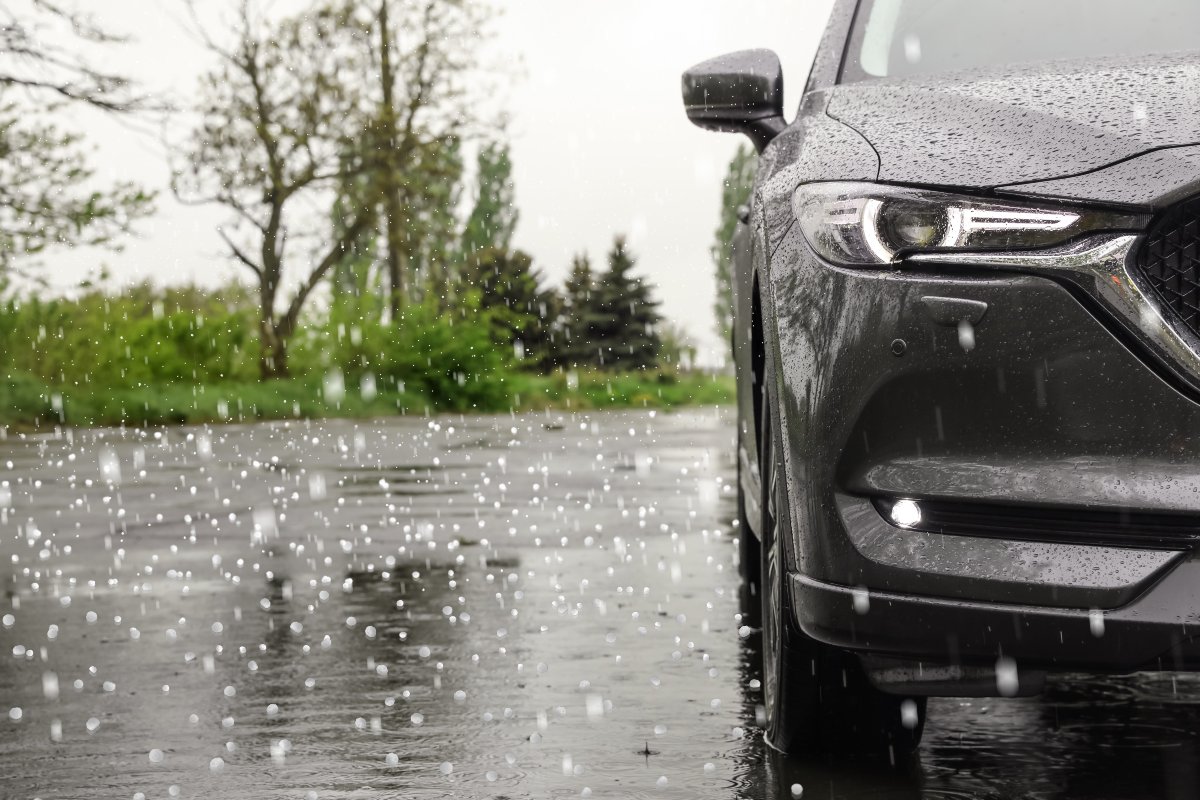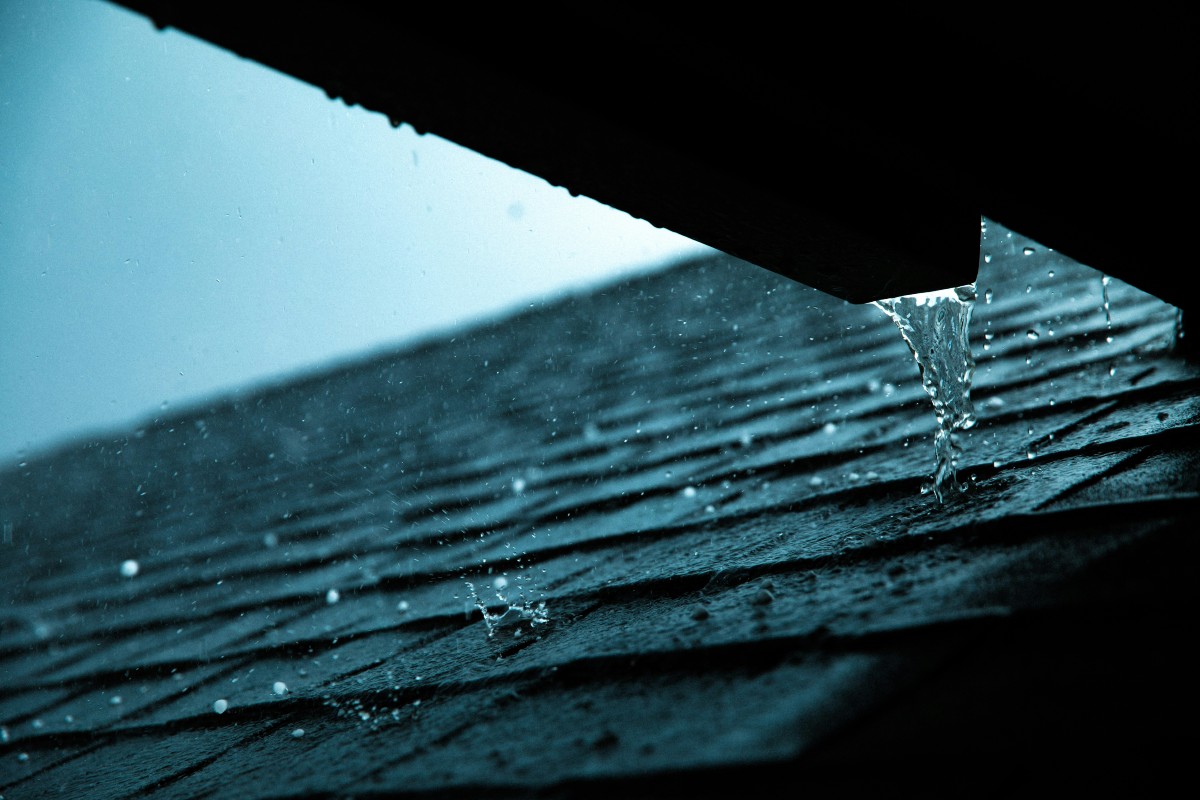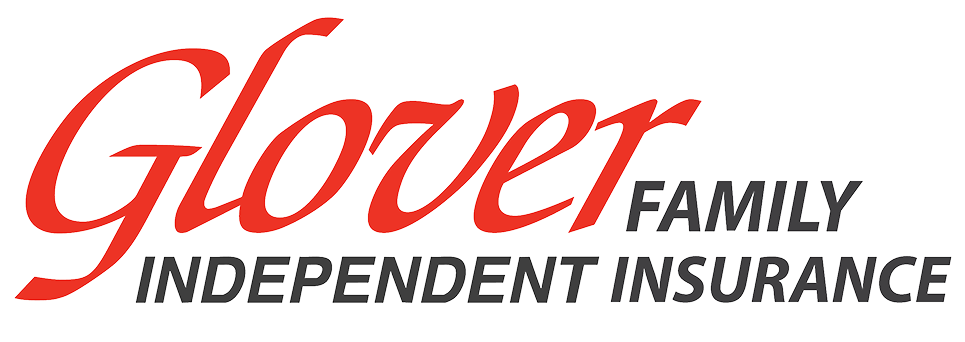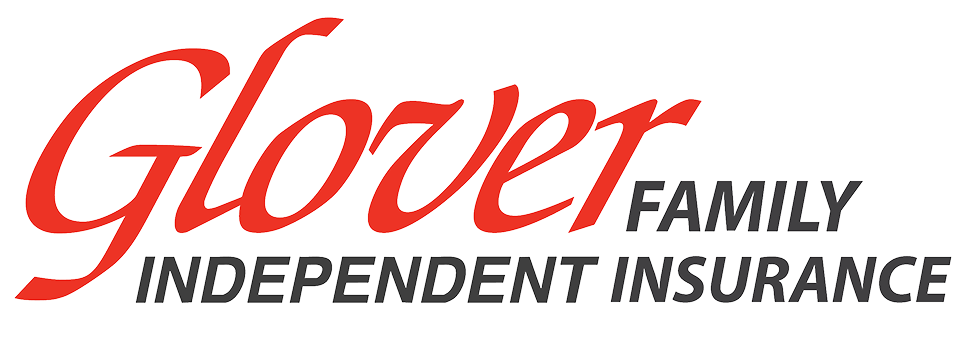All throughout Oklahoma and the greater Midwest area, hailstorms are more than just a seasonal nuisance — they’re a real threat to your home and automobile. The roof, siding and windows of both your house and vehicle can take a beating if the hailstorm is bad enough. And while the storm might only last a few minutes, the trouble it causes can be costly and long-lasting. That’s why it’s important to know exactly what your insurance covers, so today we’re going to break down how both your auto and home insurance policies cover hail damage.

Auto Insurance: Comprehensive Coverage Is Key
If you want to protect your vehicle from hail damage – or rather, protect your wallet from the damage – the best way to do so is by ensuring your auto insurance policy includes comprehensive coverage. Comprehensive coverage isn’t typically included in a standard auto insurance policy, but rather is an optional policy you can add to protect against non-collision events. This includes everything from theft and vandalism to fire and acts of god — which includes hail. Here are some examples of what’s covered with a comprehensive coverage policy:
- Dents and dings on the body panels
- Cracked or shattered windshields and windows
- Broken mirrors or lights
- Paint damage
In addition, comprehensive coverage will also typically cover a total loss if the repair cost exceeds the vehicle’s value. But it’s important to note that your insurer will only pay the actual cash value (ACV) of the vehicle, which doesn’t include depreciation and might not cover the remainder of your loan balance. You can add gap insurance to ensure even better coverage.
It’s also important to note that even with comprehensive coverage and gap insurance, aftermarket accessories likely won’t be covered unless you’ve added them to your policy in some form.

Homeowners Insurance: Structural & Cosmetic Coverage
Generally speaking, the majority of standard homeowners insurance policies will include hail damage under the dwelling and other structures coverage. Thanks to this coverage, your roof, siding, windows and even additional structures like a detached garage or backyard shed will typically be covered. Here are a few more specific examples of an HO-3 policy will usually cover:
- Roof damage; shingles, flashing, underlayment
- Siding and exterior wall dents or cracks
- Broken windows and skylights
- Damage to gutters, downspouts and HVAC units
- Detached structures like garages, sheds or fences
- Interior water damage if hail breaches the structure
There are some additional things that you should look out for in regards to your homeowner’s policy, however. For example, in particularly hail-prone areas – like right here in Oklahoma – some insurers may apply a separate deductible for wind and hail damage. These extra deductibles are usually a percentage of your home’s insured value, ranging anywhere from 1-5%, which is a pretty big difference if you typically pay a flat $1,000 deductible. Other things to look out for is whether or not your policy excludes damage that’s purely cosmetic and if your insurer will only pay the ACV for your roof or actually cover the full replacement cost — which is important if you have particularly old roofs that no longer have any value.
Filing a Claim: What to Expect
Now that you know a little bit more about what is covered in regard to hail damage, we can tell you what to expect from the process of filing a claim. Here are the steps that you should follow for both auto and home claims:
- Document the damage with photos and videos
- Contact your insurer promptly; most policies require notice within 30–60 days
- Meet with an adjuster to assess the damage
- Review the estimate and understand your deductible before repairs begin
Even if both your home and vehicle were damaged during the same storm and you have your insurance bundled, you’ll still need to file separate claims for each. Your agent should be able to help you through the process, especially if you work with us here at Glover Family Independent Insurance. If you’d like to discuss your options, be sure to give us a call!


